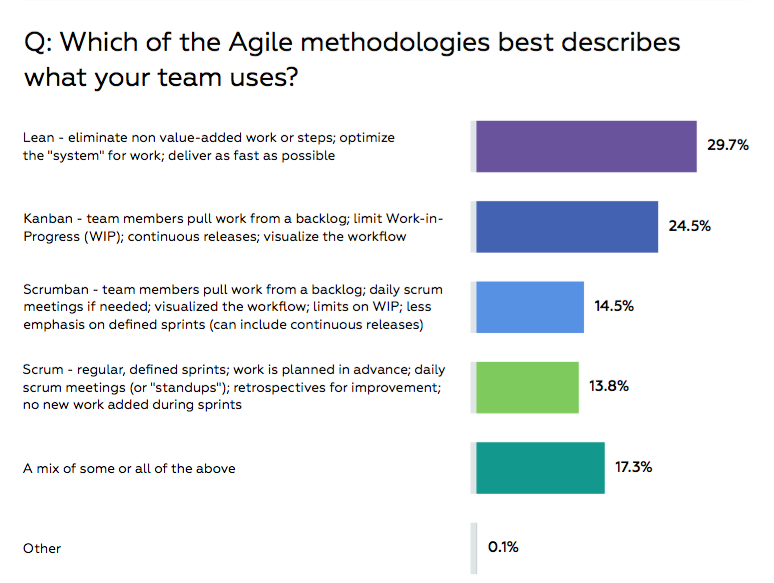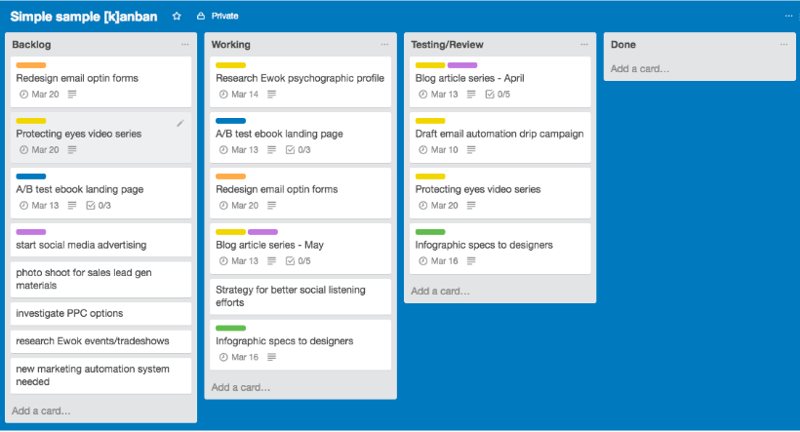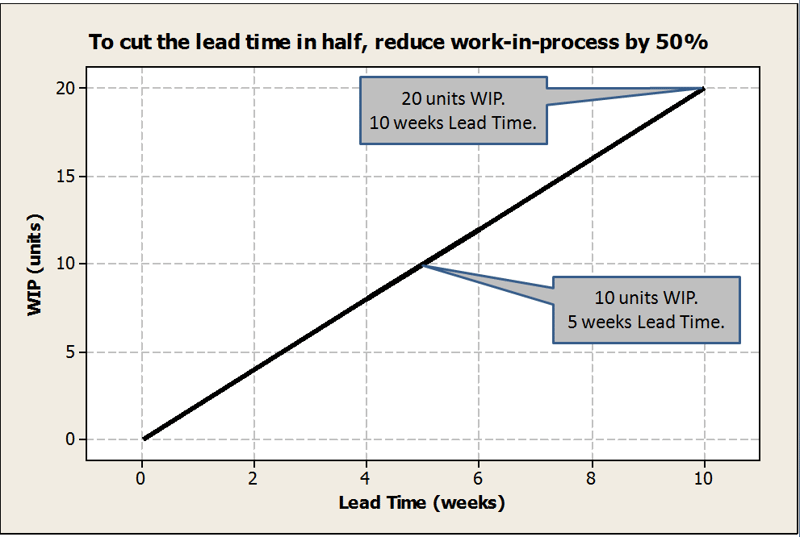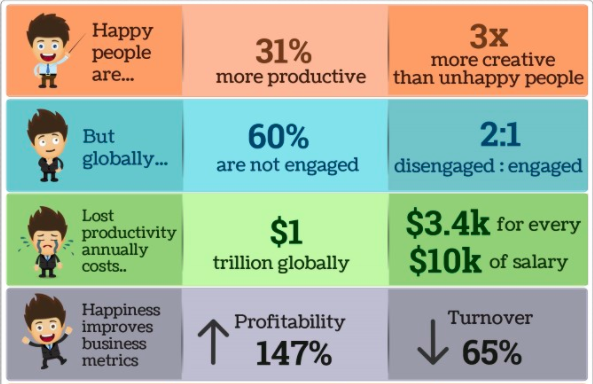-
- marketing agility
- Teams
- Organizations
- Education
- enterprise
- Articles
- Individuals
- Transformation
- Solution
- Leadership
- Getting Started
- business agility
- agile management
- going agile
- Frameworks
- agile mindset
- Agile Marketing Tools
- agile marketing journey
- Agile Marketers
- organizational alignment
- People
- Selection
- (Featured Posts)
- agile journey
- Metrics and Data
- Kanban
- strategy
- Resources
- Why Agile Marketing
- agile project management
- self-managing team
- Meetings
- agile adoption
- scaled agile marketing
- tactics
- Scrum
- scaled agile
- agile marketing training
- agile takeaways
- Agile Meetings
- agile coach
- Agile Leadership
- Scrumban
- enterprise marketing agility
- state of agile marketing
- team empowerment
- agile marketing mindset
- agile marketing planning
- agile plan
- AI
- Individual
- Intermediate
- Team
- Videos
- kanban board
- Agile Marketing Terms
- agile marketing
- agile transformation
- traditional marketing
- FAQ
- agile teams
- Agile Marketing Glossary
- CoE
- agile
- agile marketer
- agile marketing case study
- agile marketing coaching
- agile marketing leaders
- agile marketing methodologies
- agile marketing metrics
- agile pilot
- agile sales
- agile team
- agile work breakdown
- cycle time
- employee satisfaction
- marketing value stream
- marketing-analytics
- remote teams
- sprints
- throughput
- work breakdown structure
- News
- Scrumban
- agile brand
- agile marketing books
- agile marketing pilot
- agile marketing transformation
- agile review process
- agile team charter
- cost of delay
- hybrid framework
- pdca
- remote working
- scrum master
- stable agile teams
- startups
- team charter
- team morale
- user story
- value stream mapping
- visual workflow
5 Goals of Kanban, the Scrum Alternative for Agile Marketing

Pop quiz: when I say “Agile marketing,” what’s the first thing you think of?
There’s no right or wrong answer, but chances are yours included some reference to Scrum or Sprints.
While it’s true that Scrum is the most widely adopted Agile methodology around, it’s by no means the only way to practice Agility on your marketing team. Check out these 2016 results from Wrike’s State of Agile Marketing survey:
Clearly Agile marketing does not equal Scrum.
To help separate the principles and values of Agile marketing from the practices of Scrum, I want to explore the reasons that alternative methodologies came along in the first place.
This article’s focus will be Kanban, an Agile methodology that was solidified by David Anderson around 2002 and has rapidly grown in popularity and adoption. Kanban has eight main goals, and we’re going to dive into each of them here.
If many of these goals align with the reason you’re embracing Agile marketing, you should give Kanban a try.
8 Goals of Kanban for Marketing
Kanban Goal #1: Optimize Existing Processes
This is one of my favorite things about Kanban, but also one of its limitations for teams that are hesitant about going Agile.
When you first start, you don’t have to change anything.
Zip. Zero. Zilch. Nada.
You visualize your workflow as it currently exists and then try to improve it from there. No need to change roles or impose a new schedule on the team, just map how work moves through your team and then start identifying ways to make it better.
It’s likely that your first Kanban board will look something like this, with a whole lot of work concentrated on the left, which is where work lives when it’s not finished:
Don’t stress too much if this happens to you.
You can start imposing WIP (Work in Progress) limits on each of your columns to identify bottlenecks and improve your flow.
Because your current roles, responsibilities, processes don’t change, resistance from the marketing team should be minimal. They get to shape how Kanban works, which can be empowering or terrifying, depending on your team’s psychology.
Kanban Goal #2: Deliver with High Quality
Any Agile transformation will produce better outcome from a marketing team simply by reducing the amount of work they take on at once. Scrum forces the team to choose a limited amount of work to take into a Sprint; Kanban places limits on how many items can be in any given state.
In both cases, the Agile marketers’ focus narrows, eliminating task switching and increasing the quality of what they deliver. Consider how much mental energy we expend when working on multiple things at once:
| Number of simultaneous projects | Percent of time available per project |
Loss to context switching |
| 1 | 100% | 0% |
| 2 | 40% | 20% |
| 3 | 20% | 40% |
| 4 | 10% | 60% |
| 5 | 5% | 75% |
In Kanban, there are three tools we use to deliver higher quality marketing campaigns:
- Reducing WIP: Less work in progress = higher quality work. It’s really that simple.
- Creating explicit policies: Kanban requires us to write out what it means for a task to be considered Done, as well as how different work types will be treated in the workflow. Adding quality standards to these policies bakes quality assurance into the marketing process.
- Stopping the line: If a worker in a Toyota car plant found a defect in the car they were assembling, they could pull a cord and stop the assembly line until the problem was fixed. Agile marketers should have this same power; we should be able to halt production until we can release defect-free campaign.
Using all of these tools in concert gets more marketing out the door while simultaneously increasing its quality.
Kanban Goal #3: Improve Lead Time Predictability
Scrum teams use Sprint cycles to know when they’ll release work, but Kanban doesn’t come with standard timeboxes. Lead time fulfills the need for predictability with Agile marketing teams who use Kanban.
We want to know that when a new piece of content enters our workflow it will be ready to release in 16 working days. Or that a new email campaign typically goes out 8 days after we start work.
This is crucial for teams who need to plan marketing releases to align with external events like a new product or an in-person event. And, as with most things in Kanban, controlling our WIP limits is the key.
There’s a clearly documented linear relationship between the amount of work we have in progress and lead time. The less work in progress, the less time it takes us to get it done:
You’re probably starting to see a pattern here. Lower WIP limits are key to high-performing Kanban marketing teams.
Kanban Goal #4: Improve Employee Satisfaction
Scrum is all about the team, and high functioning teams do tend to have happier team members. But Agile marketing teams have specialized roles.
Individuals need to be motivated to perform at high levels for long periods, sometimes without any direct collaboration with the team. One of Kanban’s explicit goals is to make this possible.
When employees are happy, their output is better, they stick around longer, and the company gets a reputation for being a great place to work. Hiring gets easier, teams stay together longer and work together more efficiently.
Basically, employee happiness is the cornerstone of effective Agile marketing and prosperous organizations.
Kanban Goal #5: Provide Slack to Enable Improvement
Slack in a Kanban marketing system is nothing more than downtime for employees outside of the bottleneck.
No matter how good your workflow is, there will always be at least one bottleneck in it, and that’s okay. It’s actually great.
Only the people in the bottleneck are constantly working; everyone else will have some idle time while they wait for work to flow into or out of the bottleneck state.
Slack is a Kanban goal because it actually improves the team’s performance.
When marketers are idle they can respond instantly to an emergency or urgent request without derailing work in progress.
When marketers are idle they can devote part of their workday to continuing education efforts that will make them better at their job.
When marketers are idle they can spend time thinking about their Agile process and how to make it better.
Slack isn’t permission for slacking off; it’s the opportunity to get out of fire drill mode and start taking charge of your professional life.
3 Bonus Goals of Kanban for Marketing
There are actually three more goals of Kanban, but they’re a bit more advanced and bear investigation in their own pieces.
But, so that you have the full picture, I want to touch on them briefly here:
6. Simplify Prioritization: The organization constantly and consistently needs to make sure the Agile marketing team is working on the most important items. This means stakeholders have to get together and prioritize the team’s backlog. Kanban works to simplify this process as much as possible.
7. Provide Transparency Into System Design and Operation: Everyone should understand how the Agile marketing team manages their work, from individual contributors on the team all the way up to executives. This visualizes how their actions impact the flow and efficiency of the team. It also helps scale Kanban adoption throughout the organization.
8. Design a Process to Enable the Emergence of a High-maturity Organization: Kanban’s goal is to spread out to all levels of an organization so that it becomes predictable, Agile, and uses good governance. It’s a pretty lofty goal, but we all need something to strive for, right?
Topics discussed

Andrea Fryrear is a co-founder of AgileSherpas and oversees training, coaching, and consulting efforts for enterprise Agile marketing transformations.
Improve your Marketing Ops every week
Subscribe to our blog to get insights sent directly to your inbox.








